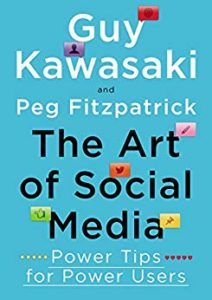A Recommended List of Reading Genres for Better Business Blogging

“Reading fiction, it seems, could be a way to break old habits and unlock more effective, empathetic marketing,” Carina Rampell of the Content Marketing Institute observes, quoting William Faulkner. (Good news for me; since the pandemic stay-at-home thing began, I’ve worked my way through some 18 different novels!)
Like all writers, marketers have a lot to gain from exposure to literature, Rampell continues. “Marketing is all about empathy and storytelling, and great stories are proven to make us more empathetic.”’ But not all reading – and not all stories, she cautions, are the same, and “some genres are more effective than others in helping you “improve your marketing chops”.
- Reading poetry teaches us clarity and precision.
- Reading the classics teaches us compelling storytelling structure, building tension to pull an audience along to a satisfying resolution.
- Reading helps us get away from our subject or product expertise and unlock our creativity.
One of the principles I stress at Say It For You is that, in order to create a valuable ongoing blog for your business, it’s going to take equal parts reading and writing. I’m often asked when I train business owners and employees or newbie blog content writers for hire is this: Where do you get ideas for blog posts? My answer is – everywhere! But that doesn’t mean the ideas are going to jump right onto your page. At least half the time that goes into creating a blog post is reading/research/thinking time! The lesson I try hardest to impart in corporate blogging training sessions is: “The more you know, the more you can blog about”. Business content writing in blogs is the result of a lot of reading and listening on the part of the blogger.





Follow us online!